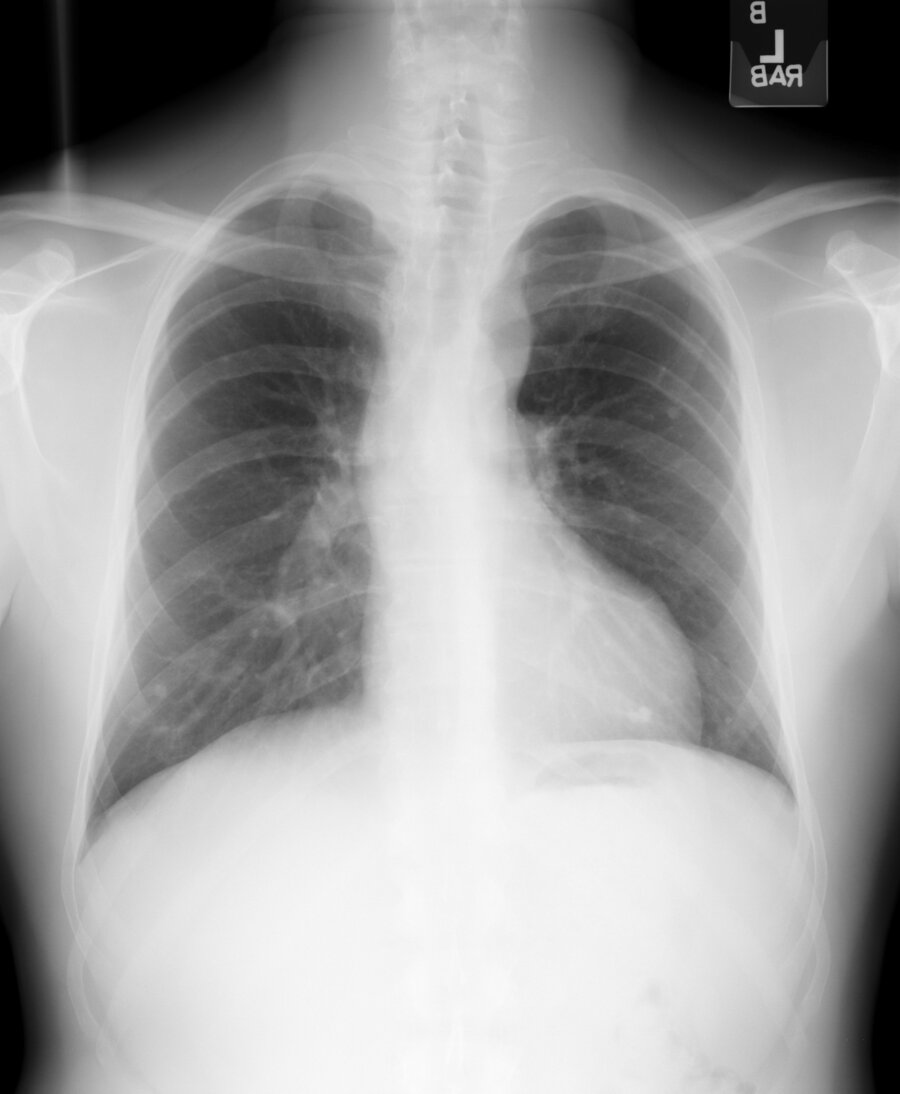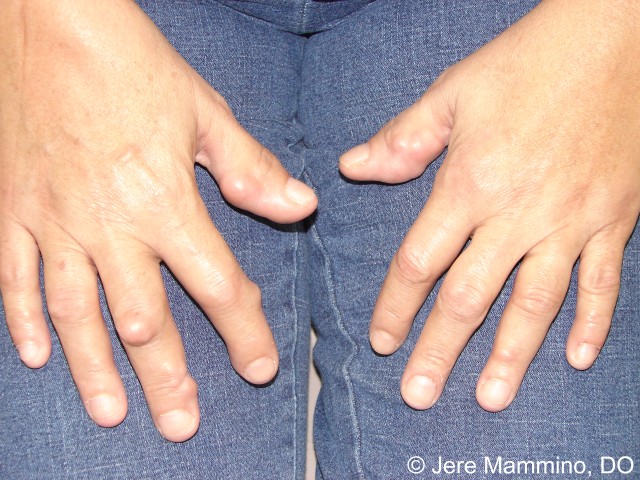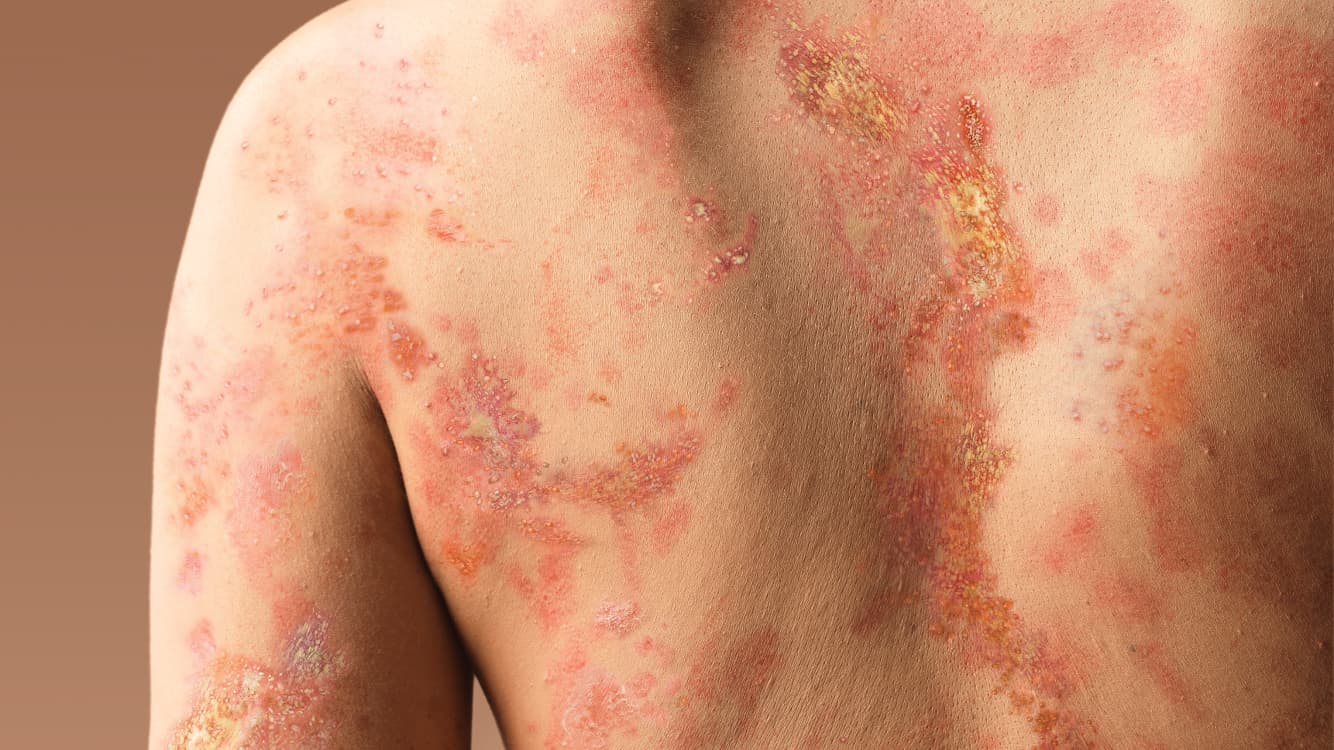Restless Leg Syndrome
What is Willis-Ekbom disease
A 68-year-old man is evaluated for fever, perineal pain, dysuria, frequency, and intermittent straining that began yesterday. Symptoms began 48 hours after a prostate biopsy due to an elevated prostate-specific antigen level detected during routine screening.
On physical examination, temperature is 38.7 °C (101.7 °F), blood pressure is 145/82 mm Hg, pulse rate is 105/min, and respiration rate is normal. The prostate is enlarged and boggy, and it is tender to gentle palpation. There is no penile discharge, and no scrotal pain occurs with palpation.
Dipstick urinalysis is positive for leukocyte esterase and nitrates. Urine Gram stain reveals gram-negative rods. Urine culture is pending.
What is the most appropriate treatment?
What is trimethoprim-sulfamethoxazole (Bactrim) or ciprofloxacin?
An 18-year-old man is evaluated for a murmur detected during a college sports physical examination. He reports no symptoms and has no history of cardiac disease. He takes no medications.
On physical examination, vital signs are normal. He has a normal central venous pressure, waveform, precordial palpation, and S1. A continuous murmur is heard beneath the left clavicle that envelops the S2. The remainder of the examination is unremarkable.
What is a patent ductus arteriosus (PDA)?
A 32 yo female marathon runner presents with a lesion on the heel of her right foot that has been growing larger for the past 6 months and is moderately painful when she exercises. She is otherwise healthy. Exam reveals a 2 cm rough plaque on the heel of her right foot. Skin examined under a magnifying glass shows tiny punctate hemorrhages embedded in the plaque.
What is the most appropriate treatment for this patient?
What is liquid nitrogen cryotherapy or salicylic acid?
Delusional parasitosis, a mental health condition where a person falsely believes that their body is infested with living or nonliving agents
What is Ekbom's Syndrome?
A 24-year-old woman is evaluated for a breast lump. She has had no breast trauma or discharge from the nipples. She is nulliparous and has regular menstrual cycles. Medical history is otherwise unremarkable. The patient's mother was recently diagnosed with breast cancer at age 58 years; no other family members have breast or ovarian cancer. Her only medication is an oral contraceptive pill.
On physical examination, vital signs are normal. BMI is 25. A breast examination reveals no skin changes, with dense breast tissue bilaterally. She has a firm, 2-cm, nontender, mobile mass with well-defined margins in the upper outer quadrant of the left breast. There is no evidence of axillary, cervical, or supraclavicular lymphadenopathy.
What is the most appropriate imaging?
What is breast ultrasound?
A 52-year-old woman is evaluated in the emergency department for progressive dyspnea. Medical history is notable for aortic stenosis and long-standing hypertension. Family history is unremarkable. Medications are metoprolol and chlorthalidone.
On physical examination, temperature is normal, blood pressure is 190/90 mm Hg in both upper extremities, pulse rate is 80/min and regular, and respiration rate is 22/min. The jugular venous pressure is normal. The apical impulse is displaced and sustained. The S1 is normal, and the S2 is soft; an S4 is noted at the apex. An ejection click is heard at the apex and left sternal border. A systolic ejection murmur is noted along the right sternal border, and a separate systolic murmur is noted under the left clavicle and over the left posterior chest. The femoral pulses are diminished, and the radial artery–to–femoral artery pulse is delayed. No bruits are appreciated in the epigastrium or over the femoral vessels.
A chest radiograph is shown.

What is the most likely diagnosis?
What is coarctation?
A 47 year old women with methotrexate-treated rheumatoid arthritis develops lumpy, solid nodules over her elbow. What is the most likely diagnosis?
What are Rheumatoid nodules?

A reactive seronegative spondyloarthropathy often associated with GI infections (like Salmonella), chlamydia, or group A strep infections
What is Reiter's Syndrome?
A 38 yo male with no PMH presents with a chronic, smooth, nontender mass on the right lower eyelid. What is the most likely diagnosis?
What is chalazion?

A 64-year-old woman is evaluated in the emergency department 4 hours after the abrupt onset of sharp, tearing chest and back pain. Medical history is significant for hyperlipidemia. Her only medication is atorvastatin.
On physical examination, temperature is 36.8 °C (98.2 °F), blood pressure is 173/99 mm Hg, and pulse rate is 90/min. Blood pressure measurements in both arms are equal. The remainder of the physical examination is unremarkable.
CT angiography shows a descending thoracic aortic aneurysm with a maximal diameter of 6.8 cm and aortic dissection originating just distal to the left subclavian artery and extending to just below the diaphragm; there is no involvement of the renal arteries.
What is the most appropriate immediate treatment?
What is medical management (b-blocker)?
60 yo male with chronic plaque psoriasis who recently stopped taking glucocorticoids to treat polymyalgia rheumatica and has developed the new generalized skin condition shown:

What is the most likely diagnosis?
What is generalized pustular psoriasis?
Toxic multinodular goiter (TMNG), an active multinodular goiter associated with hyperthyroidism
What is Plummer's Disease
A 38-year-old woman is evaluated for a 2-day history of worsening eye pain and decreasing visual acuity in her left eye. The pain is worse with eye movement. She reports no fever or trauma. Vision loss is mostly central, and her ability to distinguish colors has diminished. She does not feel the sensation of a foreign body in the eyes. She wears contact lenses. Her medical history is otherwise unremarkable.
On physical examination, vital signs are normal. Eye movement is intact but painful, with visual acuity of 20/20 in the right eye and 20/60 in the left. Afferent pupillary defect is noted in the left eye. There is no corneal injection or discharge, and the optic discs appear normal.
What is the most likely diagnosis?
What is optic neuritis?
An 80-year-old woman was hospitalized for chest pain and findings of a lateral ST-elevation myocardial infarction. She underwent percutaneous coronary intervention of a marginal branch of the left circumflex artery 16 hours after symptom onset. On hospital day 3, her cardiac examination is normal, but 3 hours later, she develops sudden-onset chest pain and loses consciousness. She is found to have pulseless electrical activity. Heart sounds are significantly diminished.
What is the most likely diagnosis?
What is ventricular free wall rupture?
What is the most likely diagnosis for this diffuse rash, which consists of red papules covered with a scale and appeared shortly after an episode of streptococcal pharyngitis?

What is guttate psoriasis?
An autosomal dominant genetic disorder characterized by the development of benign hamartomatous polyps in the GI tract and hyperpigmented macules on the lips and oral mucosa
What are Peutz-Jeghers Syndrome?
A 26-year-old woman is evaluated for left lateral knee and distal thigh pain that began 6 weeks ago. She is a long-distance runner who trains 6 days per week. The pain began insidiously and has slowly worsened over time. The pain is worst when she is running downhill. She experiences no pain while resting. She has not had any knee trauma and reports no catching, grinding, or locking.
On physical examination, vital signs are normal. On palpation, tenderness is noted 2 cm proximal to the lateral femoral condyle. With the patient supine, pain is reproduced with repeated flexion and extension of the knee as thumb pressure is applied to the lateral femoral epicondyle. There is weakness with left hip abduction. There is no joint line tenderness, joint effusion, or ligament laxity with applied stress.
What is the most likely diagnosis?
What is iliotibial band syndrome?

A 62-year-old man is evaluated in the emergency department for a 3-hour history of transient right arm and right leg weakness. His symptoms resolve while in the emergency department. Medical history is otherwise unremarkable, and he takes no medications.
Exam and vitals are normal.
Labs notable for ESR 16, LDL 70.
12 lead EKG normal. Carotid duplex ultrasound shows no evidence of hemodynamically significant plaque. CT of the head without contrast demonstrates no evidence of hemorrhage. MRI of the brain reveals a small left internal capsular infarction. A transesophageal echocardiogram is obtained. Representative mid-esophageal four-chamber images at end-systole (top panel) and end-diastole (bottom panel) are shown.

What is the most likely diagnosis?
What is papillary fibroelastoma?
A 60-year-old man is evaluated for dry skin and a pruritic rash of 6 months' duration. He is a farmer and has extensive exposure to the sun. The rash is transient, occurring most frequently during the winter and spring when his skin is dry, and is worsened by heat and sweating during the summer. The patient is otherwise well, has no other medical problems, and takes no medications.
On exam, vital are normal. Skin findings on the upper torso are shown.

The arms, legs, face, and mucous membranes are unaffected. Rest of exam is normal.
What is the most likely diagnosis?
What is transient acantholytic dermatosis (Grover disease)?